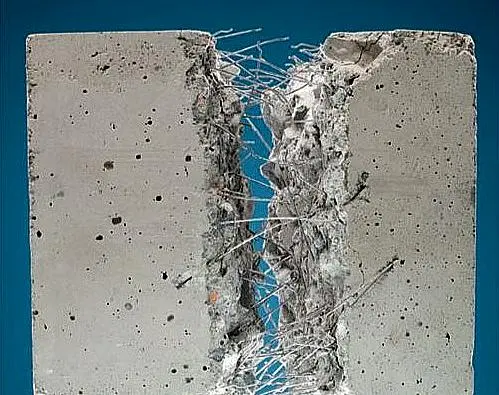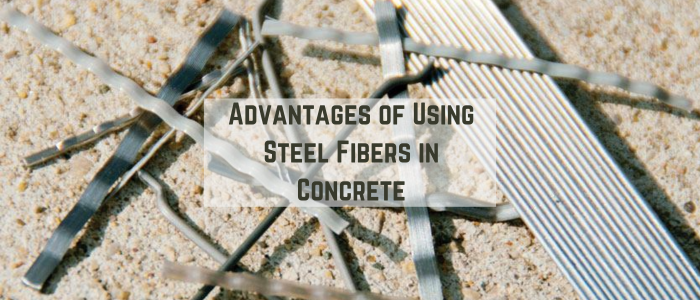What is steel fiber reinforced concrete?
Steel fiber reinforced concrete is an alternative to traditional reinforced concrete for certain application areas.
Steel fibers are discontinuous, 3-dimensionally orientated, isotropic reinforcement, once they are mixed into the concrete.
Steel fibers bridge the crack at very small crack openings, transfer stresses and develop post crack strength in the concrete.

Advantages of Using Steel Fibers in Concrete
Steel fibers may enhance several of concrete’s qualities. These are the advantages of incorporating steel fibers into concrete:
- While reinforcing bars or wires are only put, when necessary, steel fibers are often dispersed across a specific cross section.
- Comparing steel fibers to continuous reinforcing bars of wires reveals that steel fibers are rather short and densely spaced.
- When compared to a network of reinforcing bars or wires, it is typically impossible to obtain the equivalent area of reinforcement to area of concrete using steel fibers.
- Steel fibers have been demonstrated to be beneficial in minimizing plastic shrinkage cracking and are normally added to concrete in low volume dosages (often less than 1 percent).
- Steel Fibers can boost fracture resistance and reduce crack width when used in high enough dosages.
- Steel fibers improve the load-carrying capacity of concrete.
- Reduced thickness of structural elements is needed.
- Cracks would not compromise the load capacity of an element since fibers will compensate losses.
- Concrete made with fibers will have increased durability.
- Concrete made with fibers will have lower maintenance costs and extended service life.
- Steel fibers increase the flexural strength of concrete.
- Reduced absorption of water, chemicals, etc.
- Higher resistance to impact and abrasion.
- Higher resistance to freezing and thawing.
- Distribution of localized stresses
Read Also:
